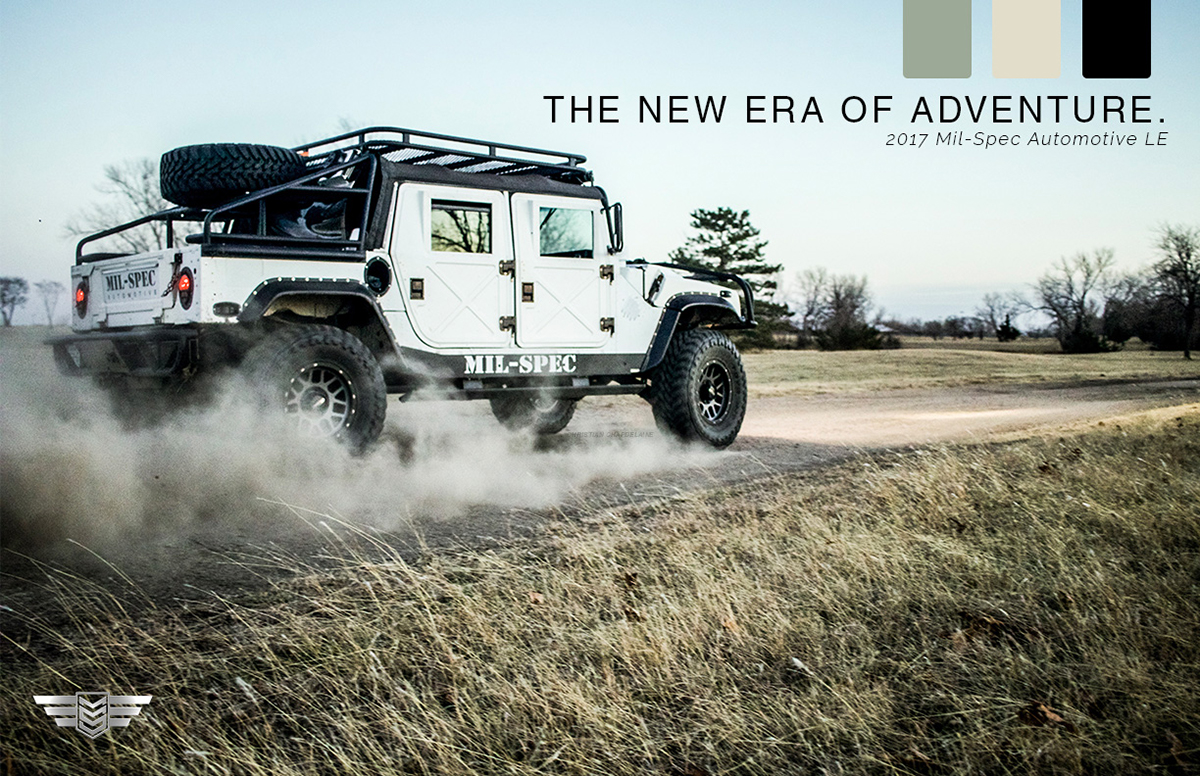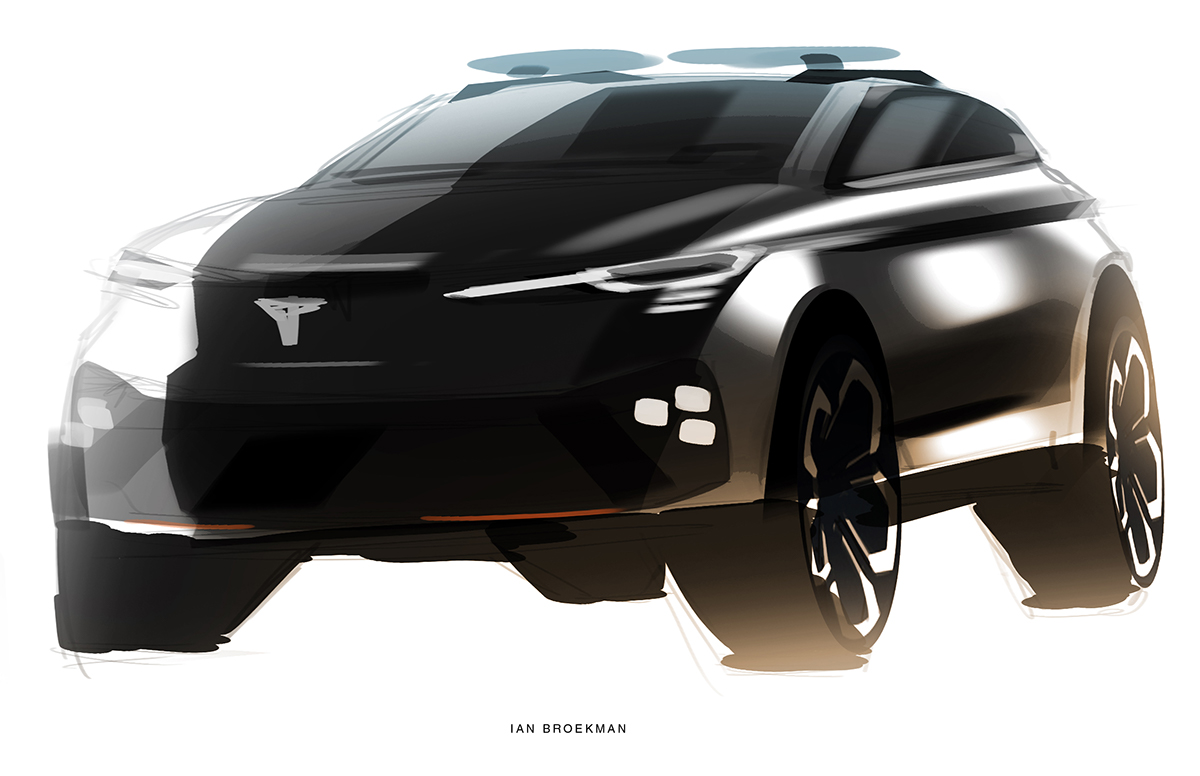F24 recently had the pleasure of sitting down with Ian Broekman (IG: @ian_broekman), a transportation design Junior at Lawrence Technical College and Chief Design Officer at Mil-Spec Automotive, the company behind the newly reimagined and modernized Mil-Spec Launch Edition HMMWV H1. The Mil-Spec H1 is the fastest, most drive-able, and most affordable H1 in the world:
F24: Thank you for taking the time to sit down with us, Ian, we’ve been hooked on your design work for a while, and think the Mil-Spec Launch Edition Humvee is pretty much the coolest 4×4 we’ve seen in a minute — but we’ll get into that later. So tell us, what sparked your interest in cars and automotive design?
IB: Thanks for having me! Well, my dad always used to draw and as a kid, I used to doodle like every artistic kid, so I always liked creating — drawing in particular. Actually, my godfather was a designer at Cadillac in the early 2000s, so I got pretty into that scene early and was able to observe someone in my life actually doing it. Growing up here in Detroit it’s hard to not surround yourself with automotive culture, so those two paths of my life merged and before I knew it, I was drawing cars every single day in my sketchbook. Then it kind of snowballed, it seemed really natural to me. So why not combine my two favorite things — creative expression and cars?
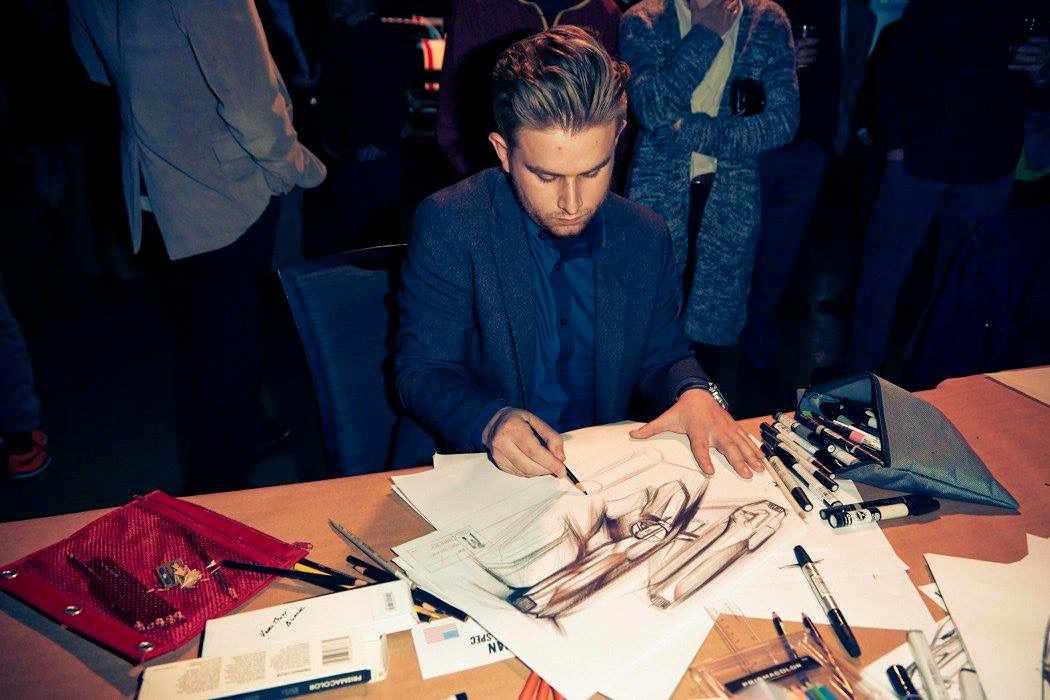
A lot of my family lives overseas. When I was in grade school visiting my Aunt, I made this desperate plea to my dad to drive from Germany to Southern Italy and back, and look at all the most famous automotive landmarks — so we drove to Rome and visited Lamborghini, Ferrari and traveled through the stunning countryside and beautiful roads. In Germany, we went to the Nurburgring, visited Porsche, and also Mercedes in Stuttgart. I think seeing this at such a young age with my dad, and learning the emotion behind each brand, the vehicles, the personas and histories of each, their integration in the culture, was really exciting for me. Driving the entire way, and not being in an airplane, really made a difference. Being able to experience the landscape, the haptic and sensory details of driving — that was the most influential experience of my life. I think this experience also made the importance of travel and fresh perspectives clear to me, and is a key reason why I consistently and consciously switch up where I sketch and work today.
F24: Do you ever get ‘sketcher’s block?’ And what do you do about it?
IB: I think every creative encounters creative blocks, regardless of field, but I think that’s a reason why I switch up where I sketch and my surroundings and influences as much as possible. That’s where looking at other fields is really refreshing — a lot of designers in the automotive field tend to fall in love with the romance of cars and it creates an echo chamber with few new ideas. When you’re just looking at cars 24/7, it can get old.
When I get stuck, I look at it as an opportunity to learn something new, and interestingly, often produce some of my best work immediately after one of these blocks.
F24: How much of your process is analog vs digital? And do you think the process of sketching analog will go away as digital tools become better and more intuitive?
IB: This is going to sound pretty stereotypical but. It always starts with a sketch. This is something I believe very strongly, and conveying the emotional aspect through drawing on a piece of paper is very unique, even though digital tools help brings ideas to life.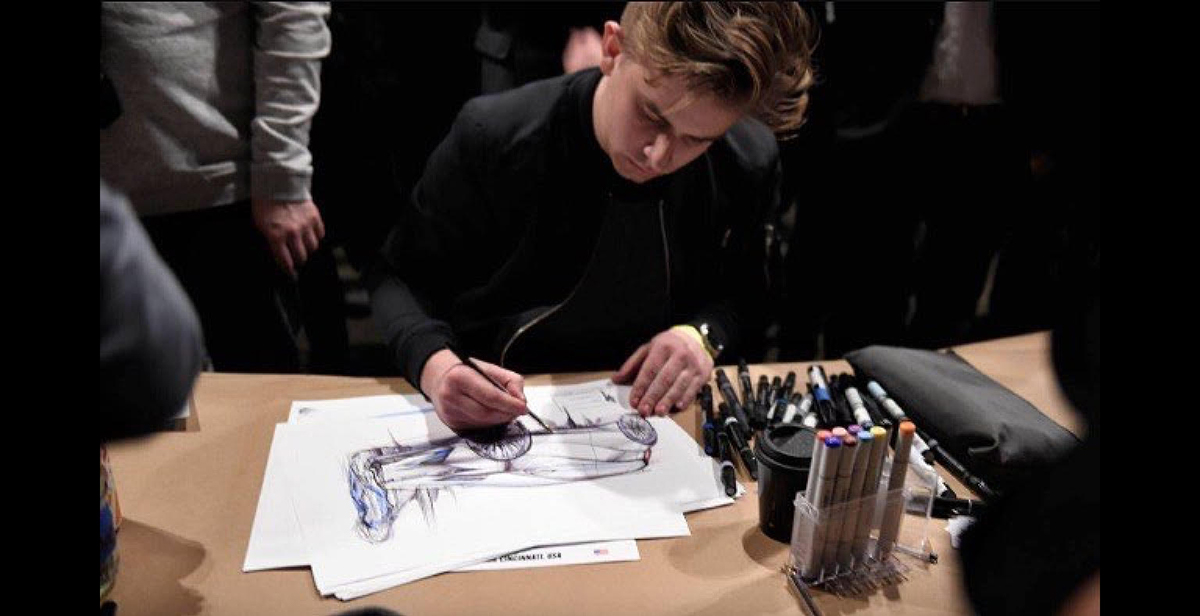
I think as technology evolves, it will continue to be beneficial for bring a sketch to life or refining a form, but I think everyone has to learn the mechanics of drawing by hand first… there’s no doubt about it. It’s the fastest way to articulate an idea. Especially in meetings, you always have a pen and paper, you don’t always have a Photoshop window open with the file up to modify and demonstrate when discussing a project. Having the technical skill to “show” with just your hand, a pencil, and paper will never lose value professionally or creatively.
F24: Where do you look for inspiration? Who or what designers do you look to?
IB: I don’t look to particular automotive designers per se, even though there are incredible designers that produce really stunning and creative work. I look to draw from other fields. So I look more to architecture, fashion, and pretty much anything — besides cars — that broadens my design perspective.
I like to draw from other fields and then just see, you know, ‘how can I apply a different mentality or perspective to the current project,’ regardless if that’s professional, education, or a personal project.
Right now at MSA I’m looking to lifestyle a lot right now — like streetwear, fashion — and see how they approach different kinds of seasons, position themselves as streetwear, outdoor wear, etc.
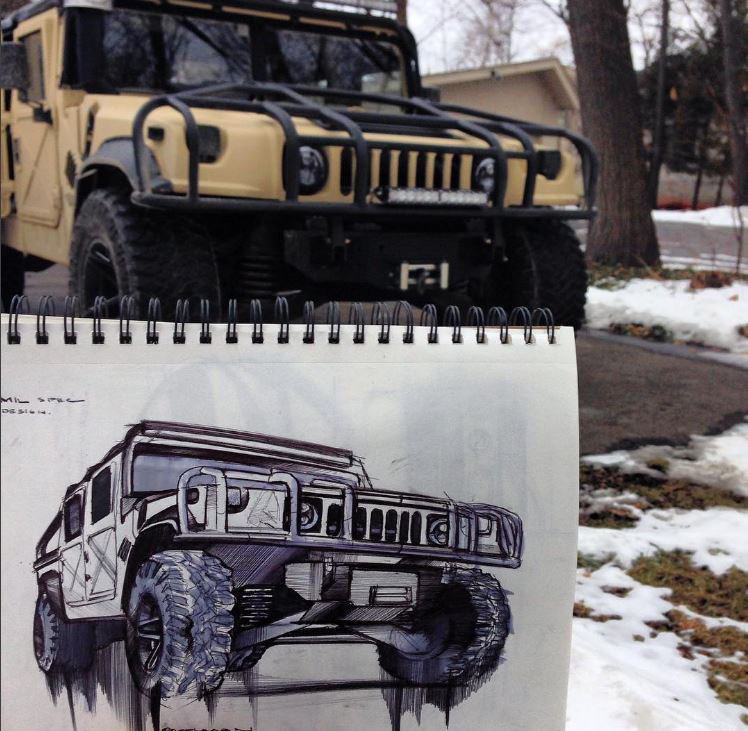
F24: What’s your all time favorite car? Which car inspires you the most?
IB: The Porsche 911. It’s a common answer now-a-days, but my grandfather had a 1972 Porsche 911 Carrera 2.7 RS lightweight. My dad used to tell me stories about them storming the autobahn, and as a kid I would see photos of them in these linen ’70s suits driving this 911, so It sparked this emotional connection with me when I was six or seven years old. It’s my favorite car. There’s nothing else like it. I’ve driven a few, both the new and old ones, and it’s still just my favorite car I’ve ever driven. Just the experience and connection to the vehicle make it the best.
Recently I had the opportunity to drive the new 991 911 GT3 RS on some backroads together with a friend in a Ferrari 458, in Mexico at legal speeds on a closed course, of course. It was probably the most fun I’ve ever had in a car; the sounds and the handling were just out of this world. As I was driving, I thought about how my grandfather must’ve felt driving his back in the ’70s — it was an incredible experience.
F24: How did you get started at Mil-Spec? Where did the idea come from?
IB: From a design perspective, Mil-Spec utilizes US government military hardware that’s just rotting and sitting in fields. And so what we thought was ‘how can we give these trucks new life? How can we modernize them and make them a functional, streetable vehicle today that competes with other contemporary off road vehicles?’ Originally they were built for low-end torque with not a lot of power and usability, and so we took this great platform and decided to find the best components and powertrain for the HMMWV to compliment this platform and create the reality of a more streetable vehicle.
We drop in a 6.6 Liter Duramax Diesel engine that produces 500 hp and 1000ft/lbs of torque. This is mated to a six-Speed Allison transmission, and it wouldn’t be complete without a 2High-4High-4Low transfer case and locking differential in the front and rear.
We spent roughly two years fine tuning, researching, developing, and finding solutions for just this vehicle. We are really putting out a great powerplant with the engine, a pretty balanced power to weight ratio that handles well in dirt, sand dunes, snow, and the street.
The few times we’ve been out with test vehicles, we always get compliments and questions, and it’s nice to give people a different perspective on what the H1 can do, not just crawling up walls but actually being able to drive it.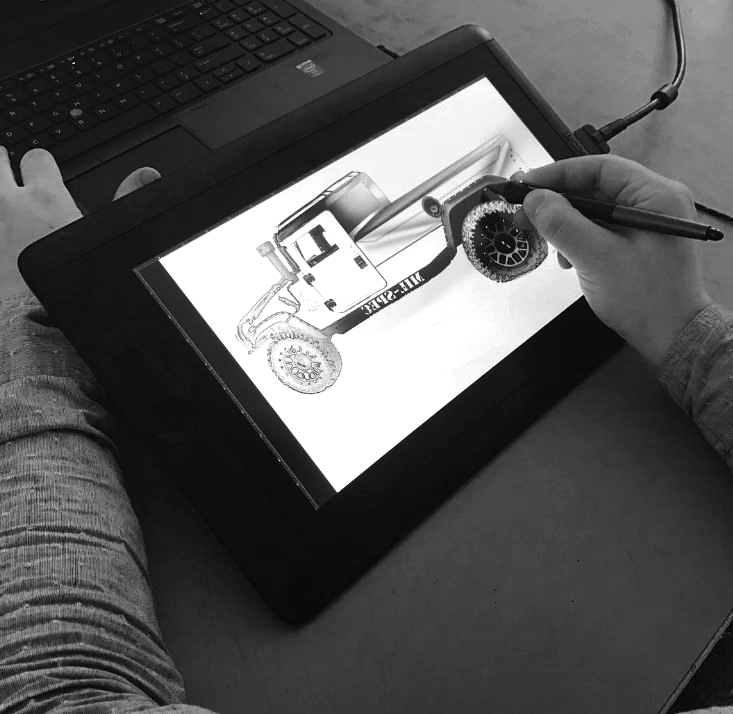
Right now, we are about two months away from delivering our first production vehicles and work on an inventory basis. Your suburban, your Chevy Tahoe is getting conservatively 15 miles to the gallon combined. I mean, our H1 delivers 17 — with aggressive driving. The weight of the H1 is often misconceived, it’s mostly aluminum, so often it’s much lighter than it looks. I think H1s get a bad image and are seen as a poster child for inefficiency, so we are also looking to explore alternative ways of presenting this vehicle, and looking to alternate propulsion options within the next couple years. As we go forward, changing the image of the H1 will be a key focus. In the end, it’s about having fun and creating a product that actually performs.
F24: Do you follow key design principles? We recently had the pleasure of speaking with the founder of Fisker Automotive, and he articulated some core principles he follows.
IB: I definitely think there are inherent principles to design, similar to what Mr. Fisker articulated — general volumes and forms and proportions are critical, but for me it depends on the project I’m working on. For example, I worked on an RX7 bodykit where there was a very sculptural process, but with MSA, the trucks are quite different, they’re very much over the top, but also function oriented. I think its important to keep in mind, ‘What is the legacy or heritage of the brand or vehicle, and how can you push that to somewhere new?’ So I try to stay mindful of where things has been, and how can you build off that and make it different.
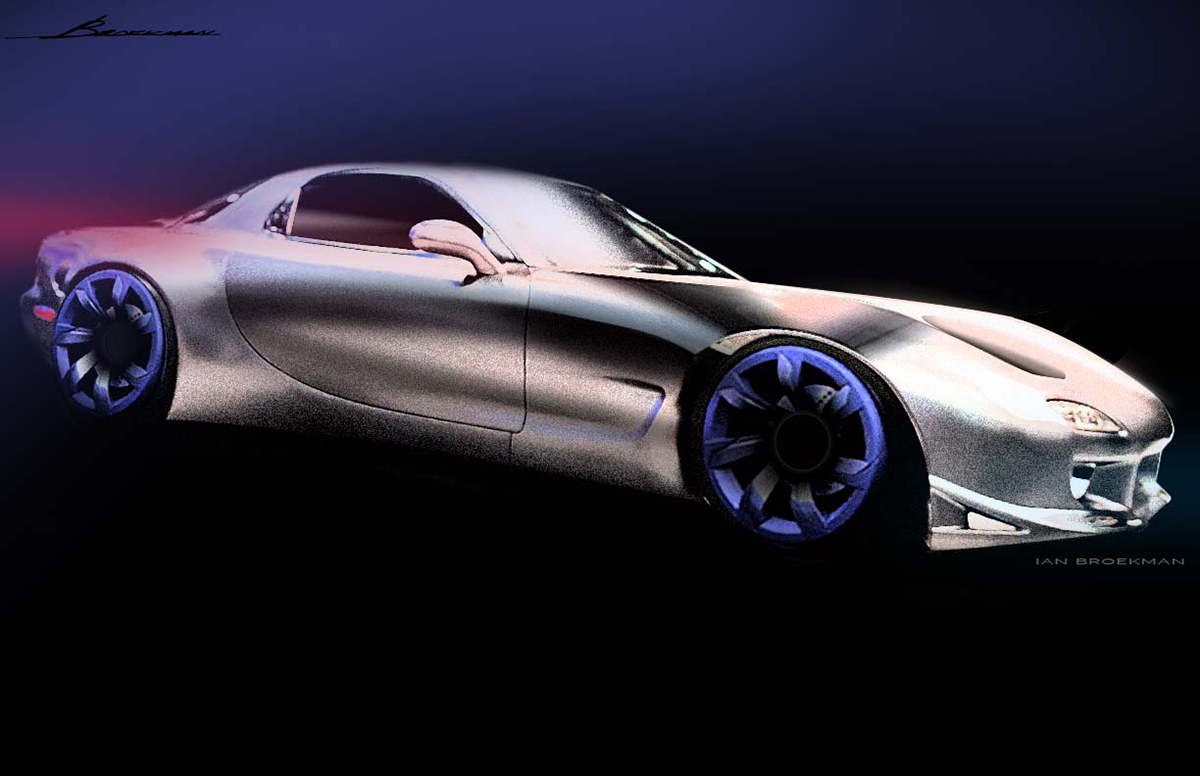
F24: And finally, here at FactoryTwoFour our goal is to ‘live the original lifestyle.’ What does living the original lifestyle mean to you?
IB: I think that’s a really important question; more so now than ever before. Especially in this segment, designers often follow trends to be marketable, and go whatever way the wind is blowing. If you really like something and it means a lot to you, you should pursue it. Trying to find new avenues, and trying things differently, trying to be your own person; having the courage to try new things and not to be somebody else. That’s what pushes me to move forward as a person and designer.
Nowadays, I can see a trend where people are afraid to be themselves. A lot of people say ‘be your own person,’ but a lot of people do something because it’s the hot thing to do right now, or because they think someone else thinks they should be doing it. They don’t take the time to find their niche.
Mr. Broekman’s portfolio can be found here


